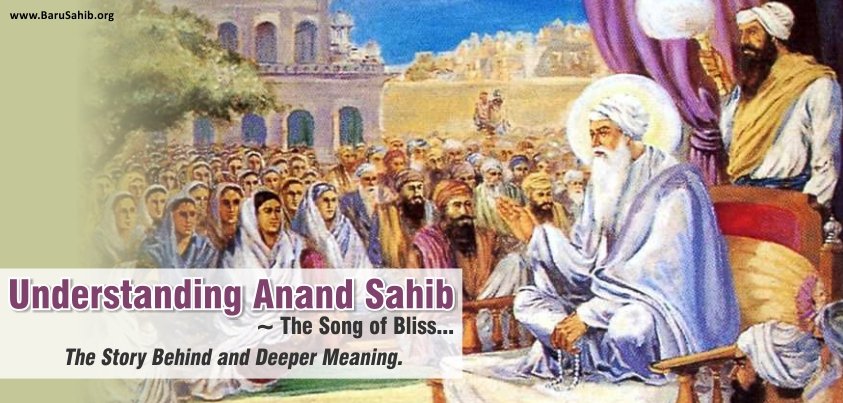In the crisp air of the Himalayan foothills, an 89-year-old Sikh spiritual leader with a grey beard lies inside a thatched hut lit by lanterns and repeats a pronouncement that has echoed across the golden plains of Saskatchewan.
“I have come to the conclusion,” he says hoarsely from beneath a black blanket, with two acolytes kneeling at his bedside, “that canola oil is the only oil.”
Iqbal Singh Kingra, once a director of agriculture for the Indian state government of Himachal Pradesh, is the revered head of a foundation that builds high-tech schools for India’s rural poor. What’s unusual is one of the ways he funds the effort: By selling canola oil harvested and ground on the Canadian Prairies.
His ardent belief in the health benefits of canola oil – a Canadian innovation – have made Mr. Kingra and his followers an unlikely bridge between farms in Western Canada and the immense edible oil market in India that Canadian canola farmers have never been able to crack. It’s a market where 1.2 billion people fry almost everything they eat, but do so mainly with palm oil.
For Mr. Kingra and the philanthropic Sikhs who work tirelessly for him, canola oil is simply a means to an end.
Angered by alarming levels of substance abuse and widespread illiteracy in their native Punjab, Mr. Kingra and his Kalgidhar Society want to construct schools as fast as they can – and donations simply can’t keep up. Mr. Kingra, whose followers refer to him by the spiritual title baba ji, turned to canola and decided to start a social business that would import Canadian canola oil to India.
Canola – a contraction of “Canadian” and “oil” – was engineered in the 1970s after concern over the high erucic acid content of other rapeseed oils. It is generally considered to be healthier than other oils because it has lower levels of saturated fats.
The society’s members first tried growing the yellow-flowering plant in Punjab, where the Green Revolution started in the 1960s. But despite farmers’ solid reputations in the grain-basket of India, it was still much cheaper to import the oil from Canada. And so the disciples of Mr. Kingra got on planes bound for the Canadian prairies, where they toured farms outside Saskatoon and found the October air unpleasantly chilly.
The first few years weren’t profitable for the business, which operates as Jivo, but has grown steadily. From early losses, the company is set to make $500,000 (U.S.) in profits this year and roughly $1-million next year – which could fund the sustainable construction of eight schools per year. Simultaneously, Canadian canola oil exports to India have jumped from just 82 tons in 2009 to around 1,600 tons in 2013.
Jivo estimates they now import about 300 tons of canola oil each month. Hudson, another canola oil company in India, also imports its canola oil from the Canadian prairies. But these numbers are tiny compared to India’s palm oil imports, which regularly exceed 800,000 tons each month, as well as Canada’s existing exports to India of peas and lentils. Oil importers face additional challenges because of tariffs designed to protect Indian oil producers.
Mr. Kingra’s vision is bold: With 129 modern schools built and 60,000 students already studying on high-tech digital smart boards – Mr. Kingra and his foundation want to expand to 500 schools by 2020.
In a tiny village called Balbehra, a gleaming, three-storey school rises from the surrounding wheat fields.
“This is a very backward part of Punjab,” says principal Rajinder Kaur Virk, as she strolls past students dressed in clean, plain blue and white uniforms switched everyday between boys and girls to encourage gender neutrality in an area where many fathers don’t send their girls to school. “The school has been a revolution.”
It seems to be working. “Sir, I want to become an engineer, a mechanical engineer,” says one 14-year-old girl, Arshbreet Kaur. “And my parents support me.”
The schools instill student leadership in their impoverished communities, as well as sometimes in their homes. Kaka Singh, a middle-aged farmer whose son attends the school, says he used to drink alcohol every night after working the fields, but gradually stopped, as he felt increasingly awkward drinking near his studying son. “My son is getting such a good education,” he says. “I run the risk of inspiring him also to drink. And I can’t do that.”
The society’s headquarters, where “Baba ji” lies in his hut, is not some premodern village. It is a 400-acre campus that includes schools, a university (where all undergraduates are women), a 300-bed hospital, a training centre for nurses with connections to U.S. universities, towering dormitories and a majestic Sikh Gurduwara. The schools even attract foreign students. “I know the education is really good here, especially compared to Ontario,” says Canadian Gurveen Cheema, 16, whose mother was a volunteer teacher here years ago.
Because the campus is remote, it needs to be self-reliant: there is a separate building for cleaning uniforms, a mechanic to repair their fleet of vehicles and a kitchen with huge vats of simmering Punjabi beans and lentils. A nearby mountainside is covered in solar panels.
“Have you seen my hut? It is symbolic,” says Mr. Kingra, or Baba ji, gesturing around him. “I could have retired and built a bungalow in Delhi or Chandigarh (Punjab’s capital) and read newspapers.”
Community members volunteer their time for the cause. “This is a battle we cannot afford to lose,” says Amandeep Singh, the founder of an advertising firm, as his driver pilots between the cattle-drawn bullock carts and grain-laden trucks of Punjab’s hectic harvest season.
“There’s so much to do,” he says. “And so much to lose if it’s not done.”
~ By IAIN MARLOW
~ The Globe and Mail, Canada
Follow Iain Marlow on Twitter: @iainmarlow












